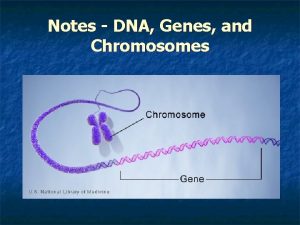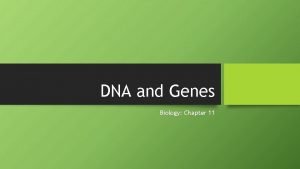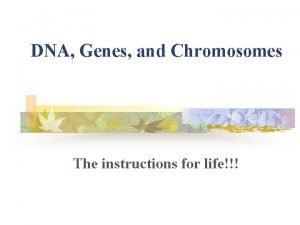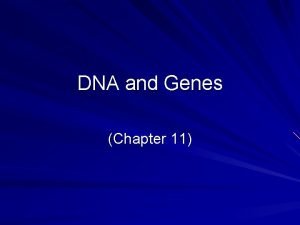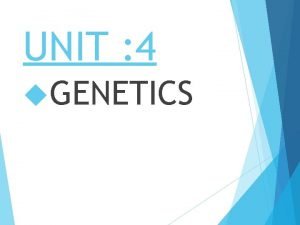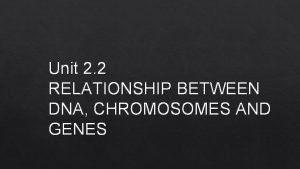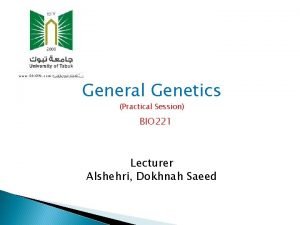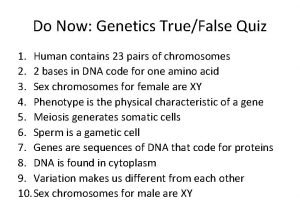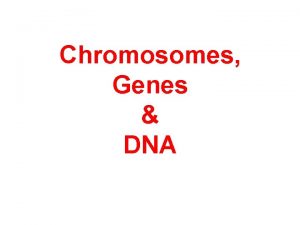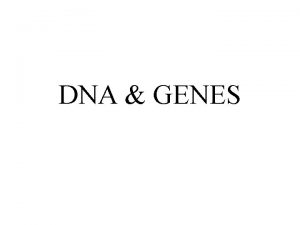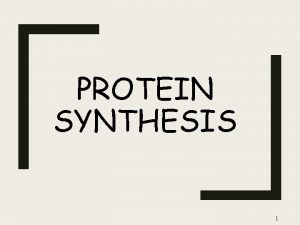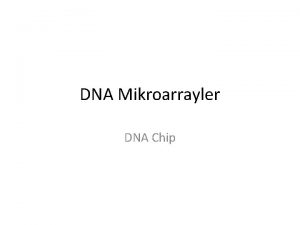How Genes Work n Genes on DNA are
















- Slides: 16

How Genes Work n Genes on DNA are used to make RNA ¨ Transcription ¨ If n gene codes for protein, m. RNA is made RNA is used to make proteins ¨ Translation © 2006 W. W. Norton & Company, Inc. DISCOVER BIOLOGY 3/e 1

Information Flow n Transcription ¨ In n Translation ¨ In n the nucleus the cytoplasm Animation © 2006 W. W. Norton & Company, Inc. DISCOVER BIOLOGY 3/e 2

RNA vs. DNA n n Both are linear nucleotide polymers RNA differs from DNA ¨ Single stranded ¨ Ribose instead of deoxyribose ¨ U base instead of T © 2006 W. W. Norton & Company, Inc. DISCOVER BIOLOGY 3/e 3

Three Types of RNA n Messenger RNA (m. RNA) ¨ Encodes n Transfer RNA (t. RNA) ¨ Aids n proteins translation Ribosomal RNA (r. RNA) ¨ Used to make ribosomes © 2006 W. W. Norton & Company, Inc. DISCOVER BIOLOGY 3/e 4

Transcription n n DNA information is copied into RNA Similar to replication with three differences: ¨ RNA polymerase is used instead of DNA polymerase ¨ Only genes are transcribed not the entire genome ¨ RNA is made instead of DNA © 2006 W. W. Norton & Company, Inc. DISCOVER BIOLOGY 3/e 5

Transcription n n RNA polymerase starts at promoter Its complex unwinds DNA It copies bases using complimentary base pairing (U v. s. T) Moves down one strand Stops at terminator © 2006 W. W. Norton & Company, Inc. DISCOVER BIOLOGY 3/e 6

Introns & Exons n n n Eukaryotic cells have non-coding regions in genes (introns) Removed after transcription Exons are connected to produce the mature m. RNA © 2006 W. W. Norton & Company, Inc. DISCOVER BIOLOGY 3/e 7

The Genetic Code n n n Translation of RNA 3 bases = 1 codon = 1 amino acid © 2006 W. W. Norton & Company, Inc. DISCOVER BIOLOGY 3/e 8

The Genetic Code Possible codons: 4 X 4 = 64 n 20 possible amino acids n Most amino acids have more than 1 codon n ¨ Degeneracy of the code ¨ Why many mutations are silent (make no protein change) n (degenerate –having two or more states). Three codons code for no amino acid ¨ STOP codons © 2006 W. W. Norton & Company, Inc. DISCOVER BIOLOGY 3/e 9

Translation RNA sequence translated into protein sequence n Genetic code used like a dictionary n Ribosome n ¨ Holds m. RNA ¨ Links amino acids together © 2006 W. W. Norton & Company, Inc. DISCOVER BIOLOGY 3/e 10

t. RNA n Two binding sites: ¨ Amino acid site ¨ Anticodon n Amino Acid Serine Amino Acid attachment site t. RNA Matches the Amino acid with codon Anticodon Codon m. RNA © 2006 W. W. Norton & Company, Inc. DISCOVER BIOLOGY 3/e 11

Translation Ribosome holds m. RNA n t. RNA binds to first codon n ¨ AUG – start codon = methionine Second t. RNA binds to next codon n Amino acids are linked n Move to next codon n Animation n © 2006 W. W. Norton & Company, Inc. DISCOVER BIOLOGY 3/e 12

From Gene to Phenotype Genes are inherited as DNA n DNA is transcribed into RNA n RNA is translated into protein n Proteins give the organism traits n ¨ Mutations in DNA produce changes in traits © 2006 W. W. Norton & Company, Inc. DISCOVER BIOLOGY 3/e 13

Sickle Cell Anemia Gene for hemoglobin n One base pair change n Causes one amino acid change n Sickle Cell phenotype n © 2006 W. W. Norton & Company, Inc. DISCOVER BIOLOGY 3/e 14

Process Animation 13. 1 The Flow of Genetic Information in a Eukaryotic Cell Windows © 2006 W. W. Norton & Company, Inc. DISCOVER BIOLOGY 3/e 15

Process Animation 13. 3 Translation Windows © 2006 W. W. Norton & Company, Inc. DISCOVER BIOLOGY 3/e 16
 Antigentest åre
Antigentest åre Linked genes and unlinked genes
Linked genes and unlinked genes Genepattern
Genepattern Linked genes and unlinked genes
Linked genes and unlinked genes Genes chromosomes and dna
Genes chromosomes and dna Chapter 11 dna and genes
Chapter 11 dna and genes Dna, genes and chromosomes relationship
Dna, genes and chromosomes relationship Dna and genes chapter 11
Dna and genes chapter 11 Genes chromosomes dna
Genes chromosomes dna What is the relationship between dna chromosomes and genes
What is the relationship between dna chromosomes and genes What is a gene
What is a gene Dna genes
Dna genes Dna chromosomes genes diagram
Dna chromosomes genes diagram Chapter 11 dna and genes
Chapter 11 dna and genes Replication fork
Replication fork Bioflix activity dna replication lagging strand synthesis
Bioflix activity dna replication lagging strand synthesis Coding dna and non coding dna
Coding dna and non coding dna




